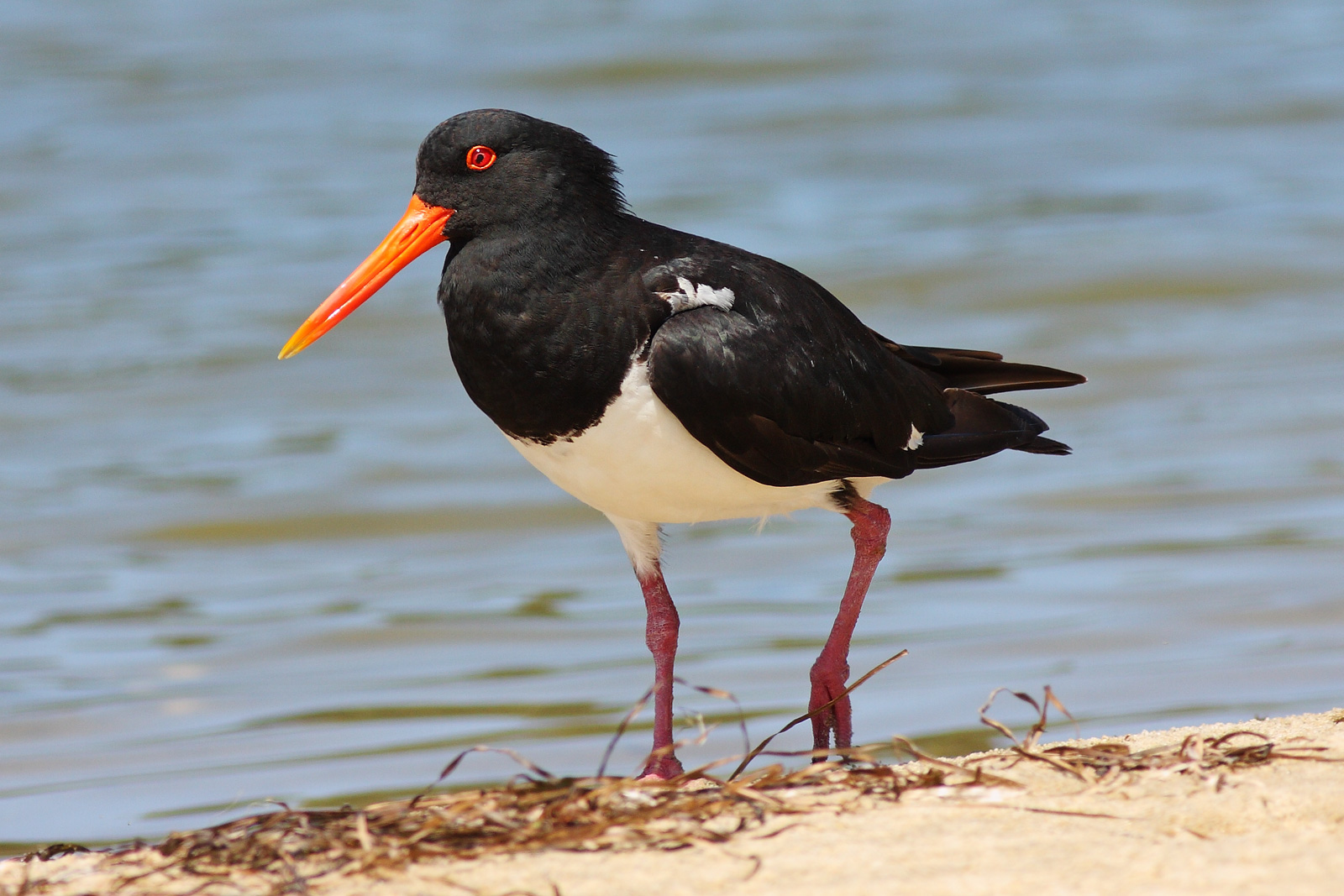Marion Bay Important Bird Area on:
[Wikipedia]
[Google]
[Amazon]
 The Marion Bay Important Bird Area is on the south-western side of Marion Bay, south-eastern
The Marion Bay Important Bird Area is on the south-western side of Marion Bay, south-eastern
 The Marion Bay Important Bird Area is on the south-western side of Marion Bay, south-eastern
The Marion Bay Important Bird Area is on the south-western side of Marion Bay, south-eastern Tasmania
Tasmania (; palawa kani: ''Lutruwita'') is an island States and territories of Australia, state of Australia. It is located to the south of the Mainland Australia, Australian mainland, and is separated from it by the Bass Strait. The sta ...
, Australia
Australia, officially the Commonwealth of Australia, is a country comprising mainland Australia, the mainland of the Australia (continent), Australian continent, the island of Tasmania and list of islands of Australia, numerous smaller isl ...
. It includes two sandy, high-energy, oceanic beach
A beach is a landform alongside a body of water which consists of loose particles. The particles composing a beach are typically made from Rock (geology), rock, such as sand, gravel, shingle beach, shingle, pebbles, etc., or biological s ...
es, Marion Bay Beach and North Bay Beach, encompasses the privately owned Long Spit Nature Reserve, and extends through the entrance of Blackman Bay to the intertidal mudflat
Mudflats or mud flats, also known as tidal flats or, in Ireland, slob or slobs, are coastal wetlands that form in intertidal areas where sediments have been deposited by tides or rivers. A global analysis published in 2019 suggested that tidal ...
s within. The beaches and mudflats form a single system used by wader
245px, A flock of Red_knot.html" ;"title="Dunlins and Red knot">Dunlins and Red knots
Waders or shorebirds are birds of the order Charadriiformes commonly found wikt:wade#Etymology 1, wading along shorelines and mudflats in order to foraging, ...
s, or shorebirds; the storm-swept beaches of the outer bay contrast with and complement the sheltered mudflats and sand-bars of the inner bay.BirdLife International. (2011). Important Bird Areas factsheet: Marion Bay. Downloaded from http://www.birdlife.org on 12/08/2011.
Birds
The system of beaches and mudflats has been identified byBirdLife International
BirdLife International is a global partnership of non-governmental organizations that strives to conserve birds and their habitats. BirdLife International's priorities include preventing extinction of bird species, identifying and safeguarding i ...
as a 584 ha Important Bird Area
An Important Bird and Biodiversity Area (IBA) is an area identified using an internationally agreed set of criteria as being globally important for the conservation of bird populations.
IBA was developed and sites are identified by BirdLife Int ...
(IBA) because it regularly supports significant numbers of fairy terns and hooded plover
The hooded plover or hooded dotterel (''Charadrius cucullatus'') is a species of bird in the family Charadriidae. It is endemic to southern Australia, where it inhabits ocean beaches and subcoastal lagoons.
Taxonomy
The hooded plover was Species ...
s, as well as over 1% of the world population of pied oystercatcher
The pied oystercatcher (''Haematopus longirostris'') is a species of oystercatcher. It is a wading bird native to Australia and commonly found on its coastline. The similar South Island pied oystercatcher (''H. finschi'') occurs in New Zealand. ...
s. Red-necked stint
The red-necked stint (''Calidris ruficollis'') is a small migratory wader. The genus name is from Ancient Greek ''kalidris'' or ''skalidris'', a term used by Aristotle for some grey-coloured waterside birds. The specific ''ruficollis'' is from La ...
s use the IBA in substantial numbers, while other birds regularly recorded include curlew sandpiper
The curlew sandpiper (''Calidris ferruginea'') is a small wader that breeds on the tundra of Arctic Siberia.
It is strongly bird migration, migratory, wintering mainly in Africa, but also in south and southeast Asia and in Australia and New Zeal ...
s, sooty oystercatcher
The sooty oystercatcher (''Haematopus fuliginosus'') is a species of oystercatcher. It is a wading bird endemic to Australia and commonly found on its coastline. It prefers rocky coastlines, but will occasionally live in estuaries. All of its fea ...
s and little tern
The little tern (''Sternula albifrons'') is a seabird of the family Laridae. It was first described by the German naturalist Peter Simon Pallas in 1764 and given the binomial name ''Sterna albifrons''. It was moved to the genus '' Sternula'' whe ...
s.
References
Important Bird Areas of Tasmania Bays of Tasmania Beaches of Tasmania {{Tasmania-geo-stub